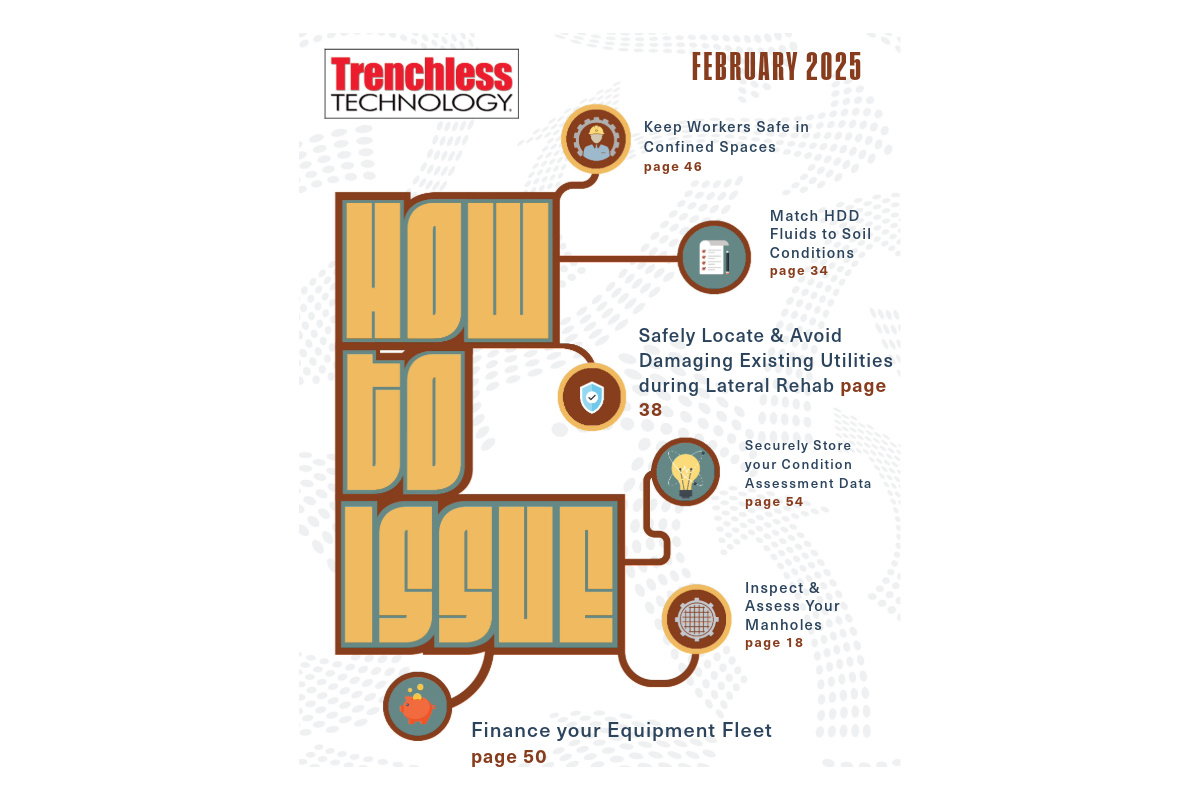Drilling Fluids Play Critical Role in North Carolina HDD Project
April 8, 2014
 Horizontal directional drilling (HDD) contractors will attest to the fact that the correct drilling fluid mix will make or break a project.
Horizontal directional drilling (HDD) contractors will attest to the fact that the correct drilling fluid mix will make or break a project.Such was the case when Vision Directional Drilling Inc. was literally and figuratively under the gun to complete a bore in Jacksonville, N.C. Working in Camp Lejeune, N.C., the company’s workers could not only hear the sounds of artillery practice, but also feel the concussion of the shells.
The Challenge
Mark Hall, owner and president of Vision Directional Drilling, appreciates the benefits of using polymers and additives to enhance the desired qualities of a bentonite drilling fluid in order to control difficult soil conditions. The Camp Lejeune project put the company’s drilling and drilling fluids experience to the test.
Soil conditions for this particular bore, 1,280-ft bore at 29 ft deep using a 24-in. reamer, varied included sand, clay, coral, and organic material (decomposed trees and plants). At about the halfway point of the pull back of the 14-in. high-density polyethylene (HDPE) pipe, the 80×100 drill was down for 24 hours with mechanical problems.
Anybody with experience in horizontal directional drilling is well aware that stopping in the middle of a pullback can be the kiss of death on a bore.
The Solution
By using the correct drilling fluid mix to ensure that reactive clays were kept in check, all solids were suspended, and bore-hole integrity was maintained by keeping fluid loss to a bare minimum. By preparing for the worse when planning his drilling fluids mix, Hall knew the odds were stacked in his favor for getting the product line back. For this project, Vision Directional Drilling used HYDRAUL-EZ drilling fluid, REL-PAC XTRA LOW polymer and SUSPEND-IT suspension enhancer manufactured by CETCO.
The Result
Before the mechanical problems, pullback pressure ranged between 16,000 to 18,000 lbs. When the machine was back on line again and the workers started to pull the product line after being down for 24 hours, the pullback pressure rose to 20,000 lbs. for the first 2 ft of pullback then quickly settled to the original range of 16,000 to 18,000 lbs. without any problems. The pull of pipe after repair of the drill was 18,000 lbs. or less for the entire length of the bore. The bore also included a shallow crossing under a creek, yet there were no problems with frac-outs and they maintained full returns throughout the bore.
Hall feels that the surface pullback pressure to get the product line to the pit should be a good indication of what the pullback pressure down hole should be if the drilling fluid mixture is right.
On another Vision Directional Drilling shot completed at Camp Lejeune using a Vermeer 36×50 pulling 600 ft of 14-in. HDPE, the pullback pressure for dragging the product line on the ground to the entry pit was 8,000 lbs, yet pullback pressure in the hole ranged from 6,000 lbs to below 8,000 lbs.
A third example is a 580-ft shot pulling 8-in. pipe where the surface pullback pressure to get the product line to the exit pit was 6,500 lbs and pullback pressure in the hole ranged from 2,000 to 4,000 lbs.
In addition to having the correct drilling fluid mix, Hall stresses the importance of monitoring the return flow to ensure that the driller is not outrunning the mud, watch for unexpected changes in flow or soil conditions, and to insure that the drilling fluid mix is doing the job. Hall is a firm believer in cup testing whereas he takes a clear container (a clear plastic cup or a water bottle with the top cut off) pours in a sample of his drilling fluid, and stirs in some of the soil collected from the entry or exit pit. If the solids settle in the cup they will settle down hole, which is a recipe for getting stuck or stretching product line.
George Dugan is territory sales manager at CETCO.




